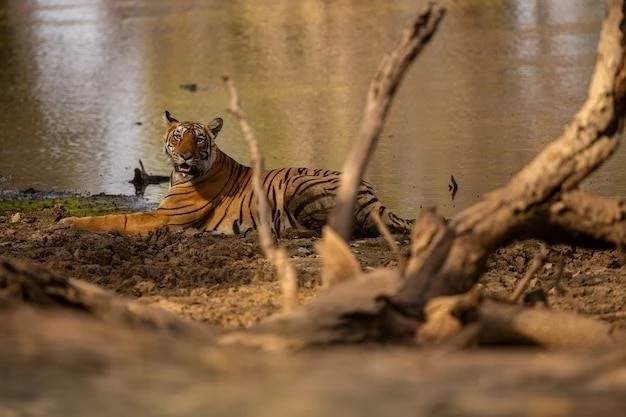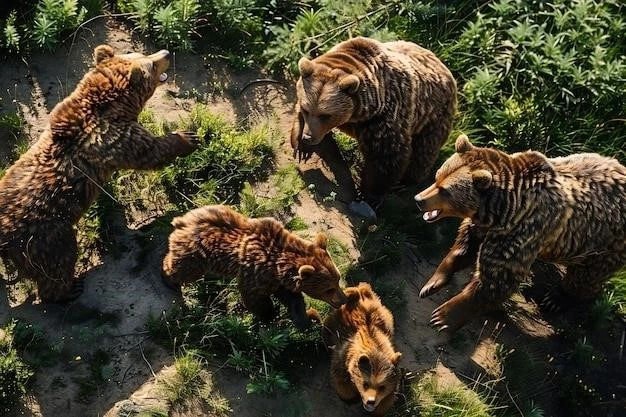As an avid traveler and nature enthusiast, I’ve had the privilege of witnessing firsthand the breathtaking diversity of our planet’s wildlife. From the savannas of Africa to the rainforests of South America, the sheer variety of life forms is awe-inspiring. However, this beauty is under threat, and one of the most pressing issues we face is wildlife trafficking.

My Encounter with the Harsh Reality
Last year, I volunteered at a wildlife sanctuary in Southeast Asia. I was excited to work with rescued animals, but nothing could have prepared me for the harsh reality of wildlife trafficking. I saw firsthand the devastating consequences of this illegal trade. Many animals arrived at the sanctuary malnourished, injured, and traumatized. The stories behind their scars were heartbreaking – some were snatched from their mothers in the wild, others were kept in cramped, inhumane conditions.
One particular experience has stayed with me. I met a young orangutan named Raja. He was missing an arm, a cruel reminder of the snare trap he barely escaped. The sanctuary staff told me his story, how he was likely being smuggled for the illegal pet trade. Seeing Raja’s resilience despite his suffering was a stark reminder of the cruelty inflicted upon these animals for profit.
The Scope of the Problem
Wildlife trafficking is a global crisis, estimated to be worth billions of dollars annually. It’s the fourth most lucrative illegal trade worldwide, after drugs, arms, and human trafficking. The demand for exotic pets, traditional medicines, and luxury goods fuels this illicit industry.
Here are some sobering facts:
- According to the World Wildlife Fund (WWF), over 6,000 species are illegally traded globally.
- An estimated one million pangolins have been poached in the last decade, making them the most trafficked mammals in the world.
- The IUCN Red List shows that at least 5,209 animal species are near threatened or threatened due to use and trade.
The Devastating Impact on Endangered Species
Wildlife trafficking is pushing countless species towards extinction. It disrupts ecosystems, decimates populations, and threatens biodiversity. The consequences are far-reaching:
1. Population Decline and Extinction:
The rampant poaching of animals like elephants for ivory, rhinos for their horns, and tigers for their bones has driven these species to the brink of extinction. When populations are decimated, it disrupts the natural balance of ecosystems.
2. Ecosystem Disruption:
Each species plays a vital role in its ecosystem. The loss of even one species can have cascading effects on the entire food chain and the health of the environment. For example, the decline of predators due to poaching can lead to an overpopulation of prey species, impacting vegetation and other resources.
3. Rise of Zoonotic Diseases:
The illegal wildlife trade often involves capturing animals from the wild and keeping them in cramped, unsanitary conditions. This close proximity between humans and wildlife increases the risk of zoonotic diseases – illnesses that can jump from animals to humans. COVID-19 is a stark reminder of this threat.
Combating Wildlife Trafficking
Tackling this complex issue requires a multi-pronged approach involving governments, conservation organizations, and individuals.
1. Strengthening Law Enforcement:
Countries need to enact and enforce stricter laws against wildlife trafficking. This includes harsher penalties for poachers, traffickers, and consumers of illegal wildlife products. International cooperation is crucial to dismantle criminal networks operating across borders.
2. Reducing Demand:
Public awareness campaigns are vital to educate people about the devastating impact of wildlife trafficking. By changing consumer behavior and reducing demand for illegal wildlife products, we can help curb this illicit trade.
3. Supporting Conservation Efforts:
Supporting organizations involved in wildlife conservation, anti-poaching patrols, and habitat preservation is crucial. These groups work tirelessly to protect endangered species and their habitats.
My Personal Commitment
My experience at the wildlife sanctuary solidified my commitment to fighting against wildlife trafficking. I’ve started by educating myself and others about the issue. I’ve also reduced my consumption of products that may be linked to wildlife exploitation. We can all make a difference by being conscious consumers and supporting organizations working to protect our planet’s precious wildlife.

Conclusion
Wildlife trafficking is a global crisis that demands our attention and action. It’s not just about protecting animals; it’s about preserving ecosystems, safeguarding human health, and ensuring the well-being of our planet for future generations. We can all be part of the solution by making informed choices, supporting conservation efforts, and advocating for stronger protections for endangered species. Let’s work together to ensure that Raja’s story is not repeated, and that the beauty of our planet’s wildlife is preserved for generations to come.










